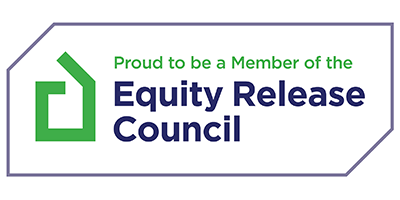In this article
As a business owner, maintaining a steady cash flow is crucial for the smooth operation of your enterprise, however, financial challenges can arise, potentially disrupting your business activities.
In such situations, a bridging loan can be a viable solution to address cash flow problems effectively.
Using a Bridging Loan to Fix a Business Cash Flow Problem
Explained in 56 seconds
Find more videos like this on MoneymanTV
Understanding Bridging Loans
A bridging loan is a short-term financing option designed to provide quick access to funds. Often used to bridge the gap between a financial shortfall and a future influx of cash, these loans are typically secured against property or other high-value assets.
The approval process for bridging loans is swift, making them ideal for urgent financial needs. Bridging loans can be particularly useful when awaiting the sale of an asset, such as property, or securing long-term financing solutions.
Identifying Cash Flow Issues
Before opting for a bridging loan, it’s essential to identify the root cause of your cash flow problems. Common reasons include delayed payments from clients, unexpected expenses, or seasonal fluctuations in revenue.
Understanding the underlying issue helps in determining the amount required and the loan’s repayment plan. Accurate cash flow forecasting and analysis are crucial in this step, as they provide insights into future financial needs and repayment capabilities.
Speak to an Advisor – It’s Free!
Schedule a free callback from one of our experts today.
- All situations considered
- Transparent and honest mortgage advice
- We search 1000s of purchase and remortgage deals
Our customers rate us 4.9/5
Applying for a Bridging Loan
Once you’ve pinpointed the cash flow issue, the next step is applying for a bridging loan. Lenders will assess your business’s financial health, the value of the collateral, and your ability to repay the loan.
It’s crucial to provide accurate and comprehensive information during this process to ensure a smooth application. This may include financial statements, business plans, and details about the collateral.
Speaking to a bridging specialist can help streamline the application process and improve the chances of approval.
Utilising the Loan Effectively
After securing the loan, it’s important to use the funds judiciously. Prioritise critical expenses that will stabilise your cash flow and enable your business to continue operations without interruption.
This may include paying off urgent debts, covering payroll, or investing in essential inventory.
Effective allocation of the loan funds ensures that the immediate financial pressure is alleviated, allowing the business to maintain operational stability and continue generating revenue.
Repaying the Loan
Bridging loans are short-term solutions, often with higher interest rates than traditional loans.
Therefore, having a clear repayment plan is vital. This might involve utilising future revenue, securing long-term financing, or selling the asset used as collateral.
Timely repayment not only avoids additional costs but also improves your business’s creditworthiness.
Establishing a robust repayment strategy involves regular monitoring of cash flow, ensuring that the business remains on track to meet repayment deadlines.







